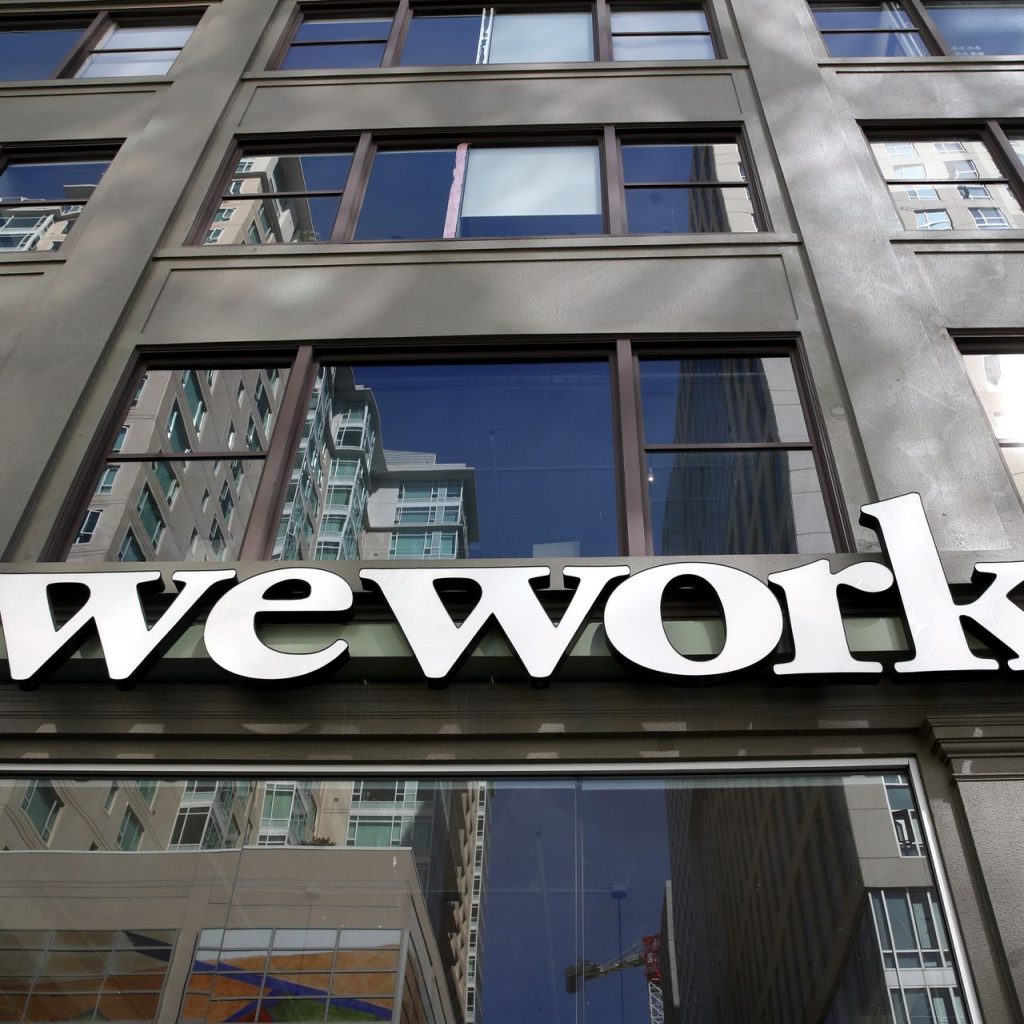Investing in real estate isn’t just for the old and rich – it can start with your very first paycheck. You might not be ready for your dream home, especially if you’re living in an expensive city and unsure where you want to settle down, but you can still earn money off the land from appreciation, leverage, cash flow, tax benefits and more. Despite crippling student loan debt and lingering effects from the Great Recession, today’s 20- and 30-somethings have a unique investment edge: a staggering array of options. Use them, or you could lose out.
Here are some tips to start:
- Start Small
While it may have its roots in video games and Japanese hair metal, crowdfunding has grown up and bought a house in the ‘burbs. The 2012 JOBS Act codified the process of pooling small amounts of money from a large number of people, opening up new investment opportunities that had only been available to accredited investors (who have at least two consecutive years of $200,000 income or at least a $1 million net worth, not including a primary home). Maybe one day you’ll get there, but for now it’s possible to start small. Real estate crowdfunding hit the market in late-2015, opening private real estate investments to anyone with $1,000 in the bank. Real estate investments come with low risk, historically greater gains than the markets over the long term, and add much-needed diversity to investor portfolios. - Start Simple
Private real estate investments are relatively new, but have surged in popularity due to flexibility and ease of use. They are similar to “basket investments” such as ETF’s and indices, which allow individuals to put their money behind an industry (technology, entertainment or aerospace, for example) or a specific cross-section of companies (such as “American automakers” or “companies with female CEOs”) without paying high management commissions to advisors and portfolio managers. Private real estate investments allow you to get in on the ground floor if you think a neighborhood or geographic area is up-and-coming – without paying a realtor, or fixing the roof. - Do Your Research
It can be tempting to sit back and let an advisor or algorithm do all the work, but staying abreast of investment trends will prepare you for new opportunities – and pitfalls. For example, check out the real estate market: in the U.S., it’s been growing for the past 7 or 8 years, and historical data suggests that it’s due for a correction. Never invest when prices are at a peak – they have nowhere to go but down – but as interest rates increase, sale prices will decrease. Bide your time until the opportune moment, or start looking elsewhere, perhaps at a market that has bottomed out. Investing in real estate funds is like becoming a landlord, allowing you to generate income without setting foot on the property, so take a look around. - Check the Cash Flow
So you think you’ve found the perfect investment? Double check the math. Make sure the property has a steady cash flow, which can be inversely proportional to property value. In big cities like Los Angeles or New York, high price tags, taxes and turnover result in a cash flow of 2 or 3 percent, leaving you to bank almost entirely on appreciation. If your property value drops, you will lose money. Meanwhile, in the Midwest, property values are low, so rent alone can net you 8 or 9 percent. Don’t forget to factor in vacancy, as an unrented home will quickly slash cash flow. Some properties, such as off-campus student housing facilities near major universities, often remain at 80 or 90 percent occupancy all year round, with parental guarantees on leases to boot.
You don’t have to live at a property for it to make a solid investment – sometimes it’s better if you don’t. Invest in real estate, save your returns, and you might find that your own dream house is closer than you thought.




